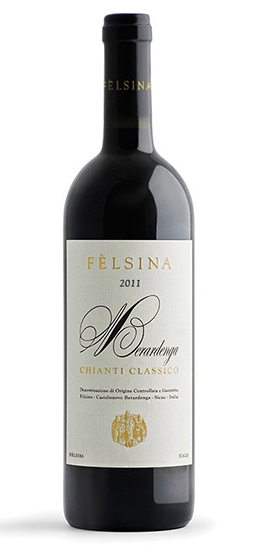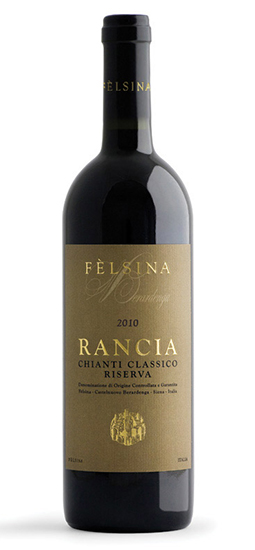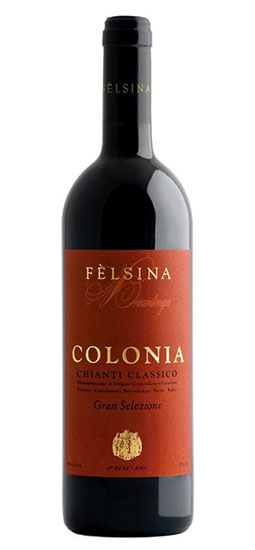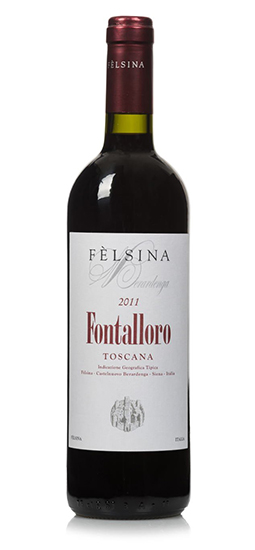Vin Santo
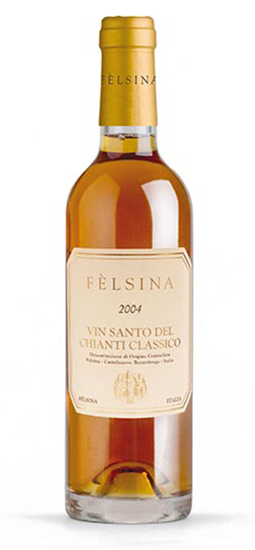
Felsina enjoys a long tradition of making Vin Santo, focusing on quality and a signature style. Grapes first dry on mats and are placed in traditional caratelli (small barrels especially for Vin Santo) with the “mother” yeast, left from previous vintages. The barrels are located in a Vinsantaia in the attic or loft of the cellars, which subject them to the various temperature changes of the four seasons, with fermentation starting and slowing with each change.
Felsina not only uses Trebbiano and Malvasia grapes, it also uses some Sangiovese for a faceted and unique dessert wine. After seven years, the Vin Santo is bottled and aged for a minimum of six months in bottle.
This version features structure, acidity, and balance between the various components as well as an endless finish.
Wine exported to
Bermuda, Canada, Australia
Most recent awards
- 2011 | James Suckling94
Grape Varieties:
Malvasia, Trebbiano and Sangiovese
Fermentation container:
Caratelli
Type of yeast:
Mother Yeast
Fining agent:
Plant protein
Aging containers:
Caratelli
Container size:
100 L
Container age:
Used
Bottling period:
September
Aging before bottling:
8 years
Aging in bottle:
6 months
Closure:
Natural Cork
Organic:
Yes
Vineyard location:
Chianti Classico, Castelnuovo Berardenga, Tuscany
Soil composition:
Rock, clay and sandstone
Vine training:
Guyot
Vine density:
5,400 plants per hectare
Exposure:
Southwestern
Years planted:
1999
Age of vines:
20 years
Total yearly production (in bottles):
10,000
Tasting notes:
Golden color with coppery reflections; bouquet of peaches, apricot, ripe pineapple and tropical fruit in general. Round, soft and pleasing fruit, well integrated wood and decided elegance, long, consistent finish.
Serving temperature:
Best served at 6-8 °C (42.-46.4 °F).
Food pairings:
Pairs well with dessert, cakes, foie gras and blue cheese.
Aging potential:
30 years
Alcohol:
14%
Winemaker:
Franco Bernabei
